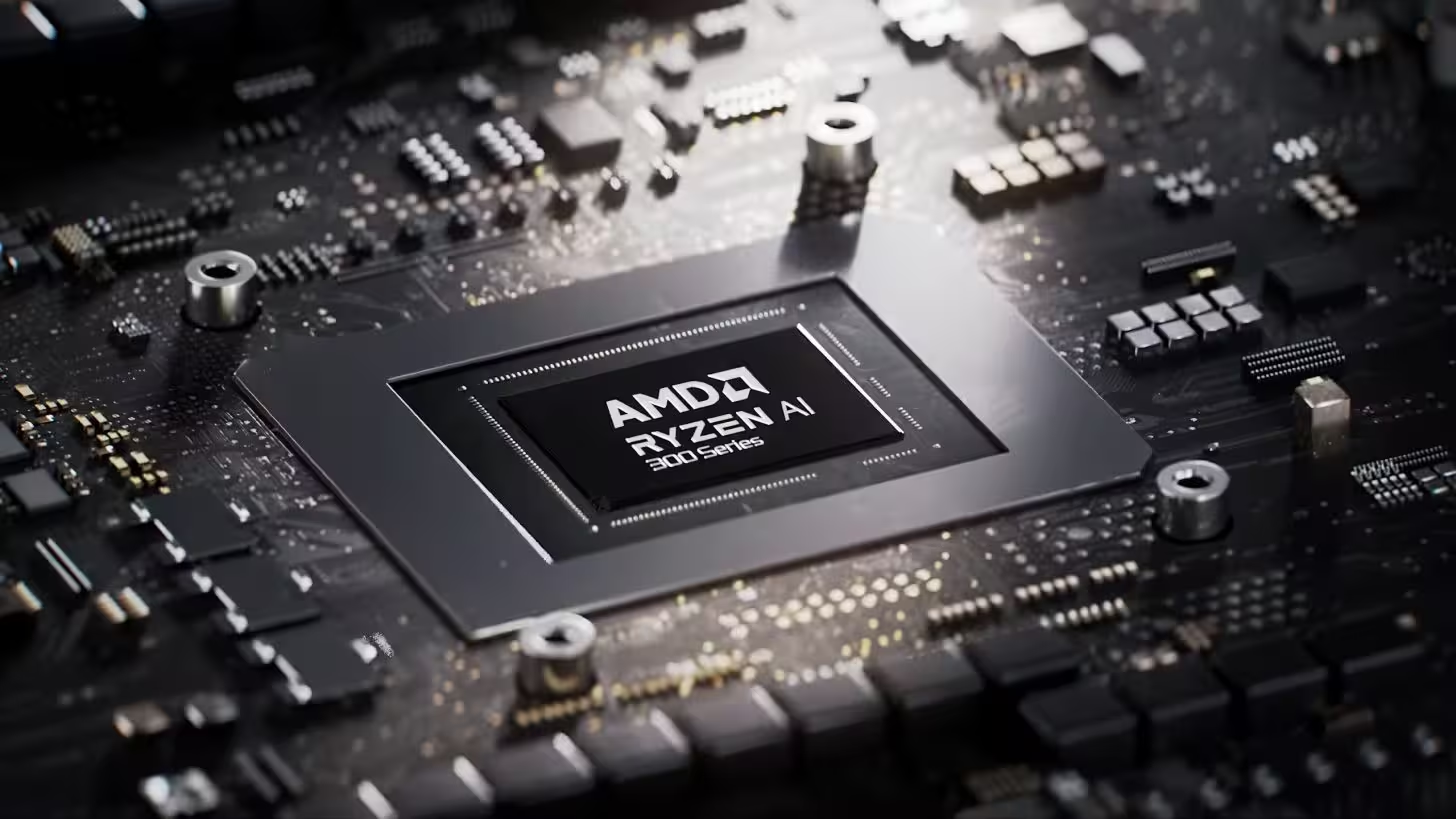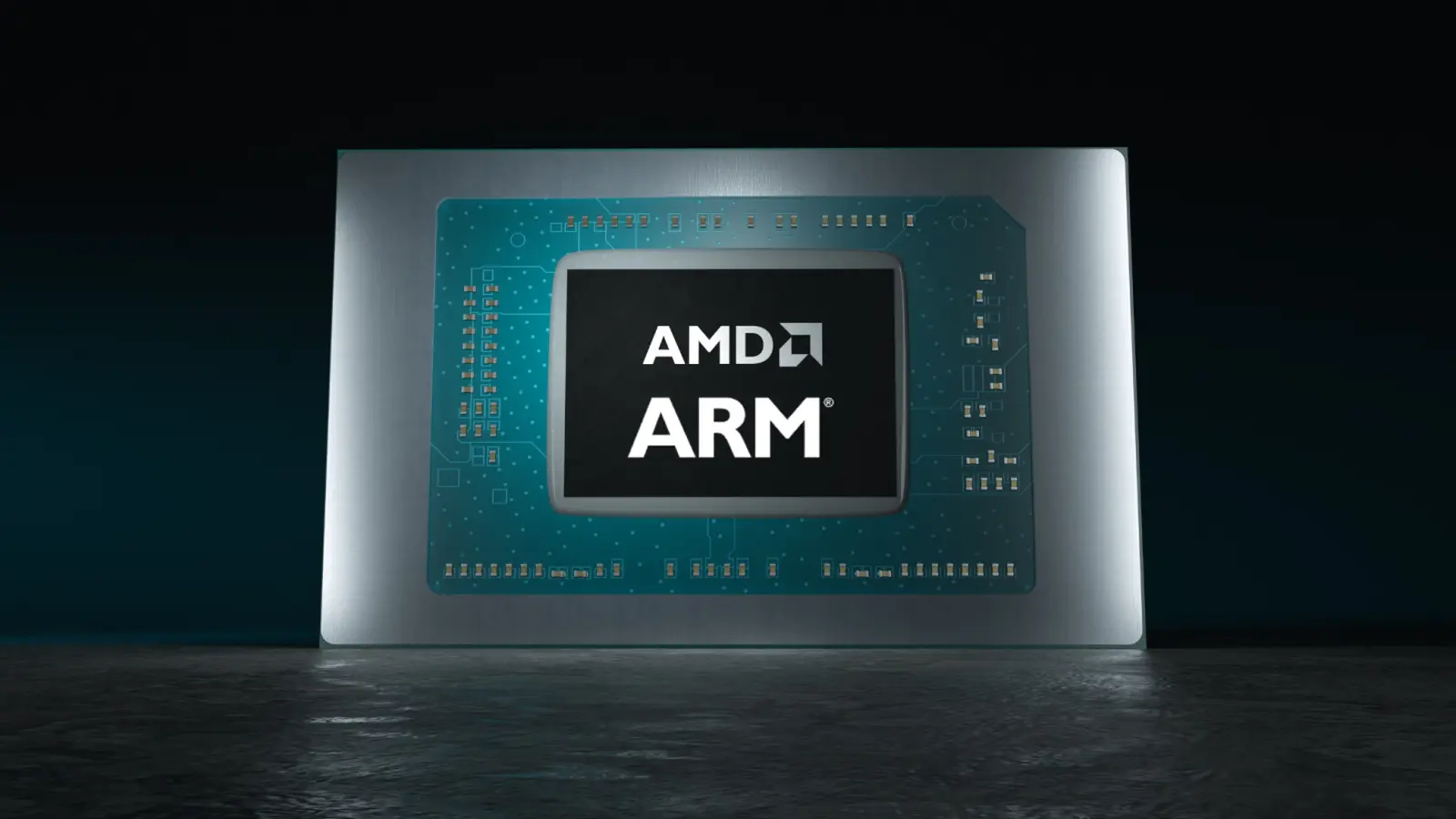3 Minutes
AMD argues x86 has reclaimed efficiency leadership
At IFA 2025, AMD confidently told media that the long-held belief that x86 cannot compete with ARM on energy efficiency is outdated. With recent-generation APUs and improved NPUs, AMD says x86 platforms now deliver comparable — and in some cases superior — performance-per-watt while preserving full software compatibility with the x86 ecosystem.
Context: ARM's surge and the Windows-on-ARM moment
ARM architectures rose to prominence thanks to Apple’s M-series and Qualcomm’s Snapdragon X Elite chips, which pushed energy-efficient performance and AI acceleration into thin-and-light laptops. That wave led many to believe ARM could unseat x86 on Windows devices. AMD’s message at IFA, however, is that the ARM momentum was short-lived as x86 vendors closed the gap.
Product features: What APUs and CPUs brought to the table
AMD highlighted its Strix Point and Strix Halo APUs for delivering strong perf/watt in compact systems — including laptops, mini‑PCs, and handhelds. The company also pointed to the Ryzen 9 AI MAX 395+, which AMD claims can reach up to 126 TOPS for AI workloads, a metric that outpaces many ARM-based laptop solutions. Meanwhile, Intel's Lunar Lake and upcoming Panther Lake introduced larger NPU improvements and power-optimized cores, narrowing the efficiency gap further.

Performance and energy-efficiency comparison
- AI acceleration: AMD and Intel now integrate NPUs into APUs and SoCs to accelerate inference on-device, reducing reliance on cloud compute.
- Perf/Watt: Strix Point and Strix Halo design wins show x86 APUs achieving competitive runtime and battery life in portable devices.
- Ecosystem advantages: x86 retains decades of software compatibility, driver maturity, and broad ISV support — a practical advantage for many users.
Advantages and practical use cases
For creators, enterprise users, and gamers who need native x86 applications, the improved APUs offer better battery life without sacrificing legacy software support. For mainstream consumers, high-performance thin-and-light laptops and mini-PCs now deliver long runtimes and stronger on-device AI than before. Handheld gaming and hybrid devices also benefit from the density and power efficiency of modern x86 APUs.
Market relevance and outlook
This does not spell the end for ARM. ARM remains strong in smartphones, embedded systems, and some laptop segments where custom silicon and tight hardware-software integration give clear advantages. However, AMD's and Intel's recent roadmaps — including AMD's Medusa Point and Intel's Panther Lake — signal that x86 will remain highly competitive in consumer and professional PCs.
In short, AMD's stance: modern x86 APUs close the energy-efficiency and AI-performance gaps once thought to favor ARM, reinforcing x86's longevity in the PC market.
Source: wccftech


Leave a Comment